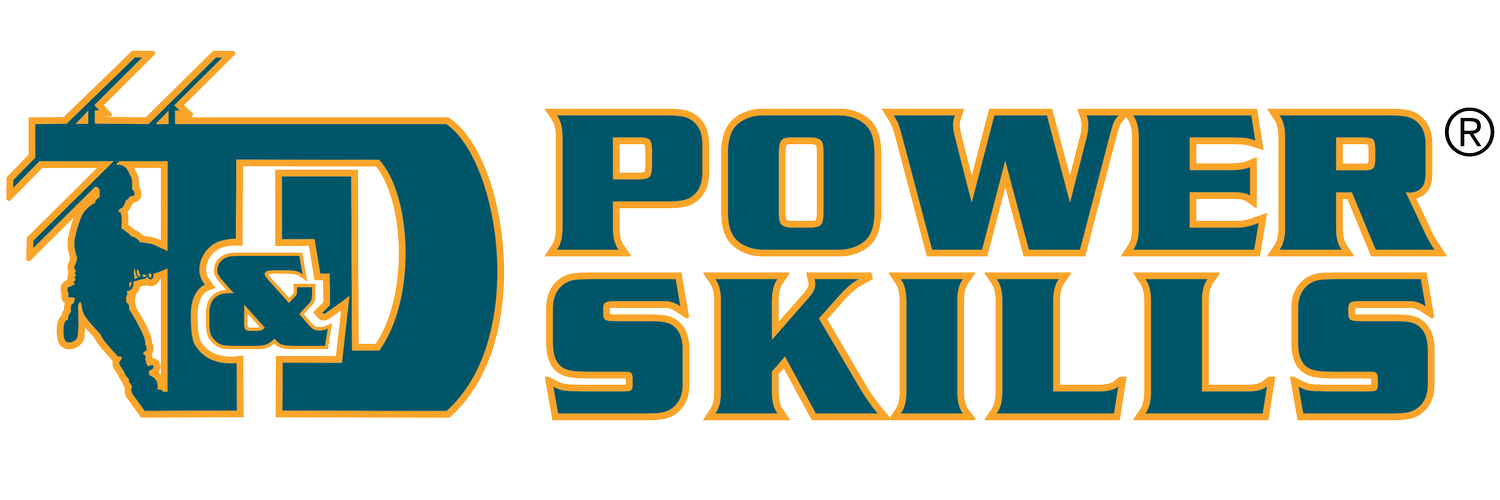Rigging 1
COURSE DESCRIPTION
Line crews are constantly required to use ropes, blocks, and other special equipment to raise and lower electrical components, tools, and equipment. In order to perform these tasks safely and efficiently, a fundamental knowledge of rigging and rigging equipment is necessary. This program concentrates on the basics of overhead rigging, including safe rigging practices, ropes, knots and knot tying, the use of handlines, and the use of blocks and tackle.
COURSE GOALS
Define rigging, and describe the basic considerations necessary for planning a rigging job.
Identify the basic types of rope, and describe how to inspect rope.
Describe the function of knots commonly used in overhead rigging, and demonstrate how to tie these knots.
Describe how to hang and use a handline.
Describe how to set up and use a block and tackle.
SUBJECTS AND OBJECTIVES
Introduction to Rigging
Define “rigging” as it applies to overhead line work.
List and explain three elements of safe rigging practice.
Fiber Rope
Describe the classifications and characteristics of fiber rope.
Explain the procedures typically used for inspecting a rope.
Identify the parts of a rope.
Knots and Knot Tying
Demonstrate how to coil a rope and secure it for storage.
Demonstrate how to tie the following knots: slip knot, square knot, half hitch, and bowline.
Describe the purpose of each knot demonstrated.
Demonstrate how to make an eye splice.
Handlines
Describe the purpose of a handline.
Describe typical elements that make up a handline.
Demonstrate various uses of a handline.
Block and Tackle
Define mechanical advantage.
Identify the basic components that make up a block and tackle.
Describe how to make up a block and tackle.
Rigging on the Job
Explain how to test rigging before starting a job.
Explain how to rig to lift a transformer with a block and tackle.
